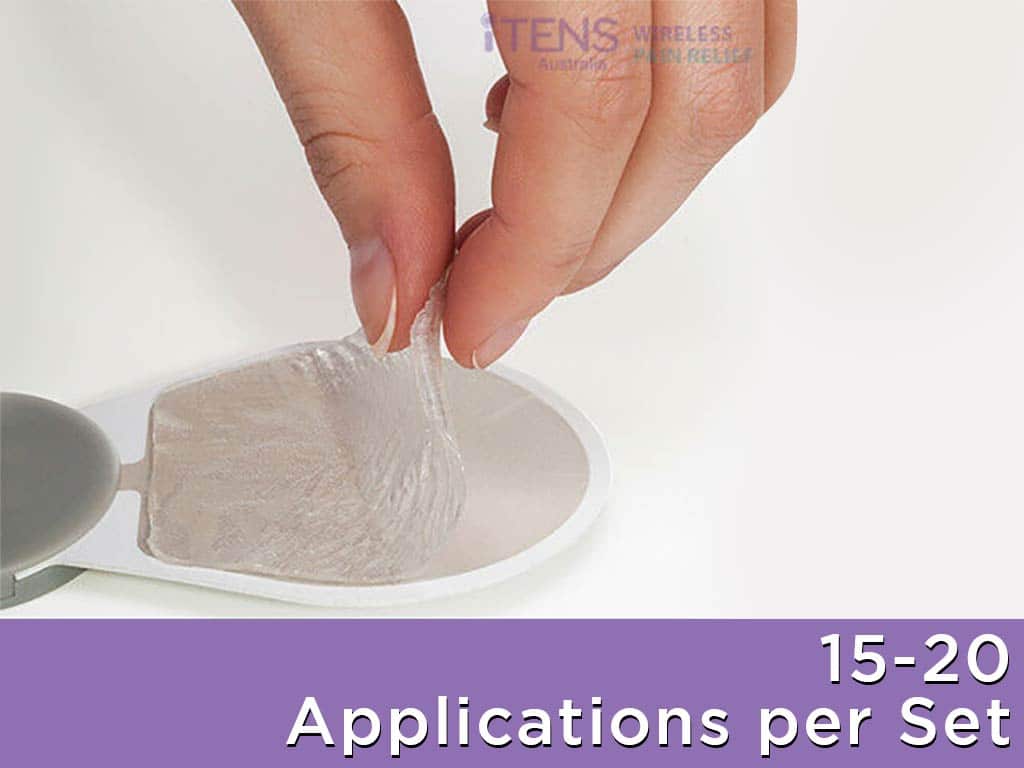
Cervical spondylosis is a condition that affects the neck and spine. It causes pain and stiffness. Traditionally, painkillers are used for pain reduction. However, it may come with adverse side effects. Thus, many people seek alternative treatments to alleviate their symptoms and improve their quality of life. One option is Transcutaneous Electrical Nerve Stimulation or TENS for cervical spondylosis. It is safe because it utilises mild electric pulses to stimulate the nerves of the target area.
The deterioration of the spine in the neck causes cervical spondylosis. Aside from neck pain, it can cause arm, hand, and shoulder pain. Its pain levels can range from mild to severe. Moreover, individuals with this condition experience tingling and numbness in these body parts. The discomfort can hinder them from efficiently finishing tasks. Thus, effective treatments, like TENS, are necessary. The article will present what this technique is, how it works, and how to apply it correctly.
What is a TENS for Cervical Spondylosis?
TENS for cervical spondylosis is a non-invasive therapy that people use for pain reduction. This treatment for neck pain involves the use of a small, battery-operated device and adhesive electrode pads. The portable machine delivers low-voltage electrical currents to the affected area. Subsequently, it stops pain signals and promotes the release of endorphins to provide relief.
The application of TENS therapy for the condition is by placing the electrodes on the skin near the neck and upper back. The electrical stimulation can help improve muscle function in the affected area. Despite its safety, using TENS under the guidance of a doctor or physical therapist is crucial. This is because they can tailor the treatment to individual needs and provide instructions on proper usage.
One of the key benefits of TENS is its ability to provide pain relief in the cervical region without the need for pain medication or invasive procedures. In addition, it is versatile in terms of managing different conditions. Aside from cervical pain, it can help with cancer-related pain, muscle spasms, diabetic neuropathy, and musculoskeletal pain.
Causes and Symptoms of the Condition
Causes:
- Age-related wear and tear on the spinal discs and joints
- Dehydrated discs and loss of disc height
- Herniated discs or bone spurs
- Neck injuries or trauma
- Poor posture because it places a strain on the neck muscles
- Smoking reduces the supply of oxygen and nutrients to the cervical spine
Symptoms:
- Chronic neck pain and stiffness
- Headaches radiating at the back of the neck
- Numbness or weakness in the back, shoulder blades, arms, hands, or fingers
- Difficulty in walking or balance issues
- Loss of bladder or bowel control
- Limited range of motion in the neck
- Grinding or popping sensation when moving the neck

How a TENS for Cervical Spondylosis Works for a Safe Therapy
Using TENS for cervical spondylosis is a safe and effective therapy for managing the chronic pain that comes with the condition. The electrical stimulation method works by sending low-voltage electrical impulses to specific nerves. These electrical pulses help to reduce pain signals that travel to the brain. Hence, it provides relief for cervical pain. With TENS, individuals can naturally alleviate their symptoms.
Unlike other treatment options, TENS therapy does not require drugs or surgery. Thus, it is a safe and natural alternative for managing pain. However, people can utilise TENS in conjunction with methods, like therapeutic exercises or pain relievers, for more relief of pain. The electrical nerve stimulation from the machine helps to increase blood circulation, reduce muscle tension, and promote the production of endorphins.
Furthermore, individuals can maximise the benefits of TENS by adjusting the settings. They can modify the intensity and frequency of the electrical stimulation to suit their needs. Through proper guidance and education from healthcare professionals, individuals can safely use TENS therapy to manage their symptoms and improve their overall quality of life.
Proper Frequency and Intensity Settings
When using TENS, it is important to find the proper frequency and intensity settings for optimal pain relief. Based on clinical practice, the frequency setting typically ranges from 2 to 100 Hz, with lower frequencies being more effective for chronic pain and higher frequencies for acute neck pain.
In terms of intensity settings, it is essential to start at a low setting. This will ensure that the TENS unit effectively targets the pain without causing discomfort or muscle spasms. For cervical spondylosis, a moderate intensity level is usually sufficient to provide relief without causing any adverse effects.

How to Apply TENS for Cervical Spondylosis
To apply TENS for cervical spondylosis, start by placing the electrode pads on the skin around the area of pain. It is important to position them correctly to effectively target the nerves causing the pain. Once they are in place, turn on the TENS unit and adjust the settings to a comfortable level. People may feel a tingling or buzzing sensation, but it should not be painful.
As the TENS device delivers electrical currents, individuals should start to feel relief from pain associated with cervical spondylosis. The recommended duration lasts from 20 to 30 minutes per session. Do not exceed this, as it may cause muscle fatigue and more discomfort. After completing the treatment, clean the skin and the machine. Then, store it properly for future use.
As with any treatment, consulting with a healthcare professional before starting TENS therapy for cervical spondylosis is essential. Likewise, operating TENS as directed by the healthcare provider is crucial to the success of TENS. People can administer this technique with other pain management methods, such as physical therapy and medication.
Pad Placement
When it comes to pad placement for cervical spondylosis, it is important to position the electrode pads in a way that provides proper support and relief to the affected area. Placing the pads in the right position can help alleviate pain and discomfort, as well as promote proper alignment of the cervical spine.
One common placement involves positioning the electrodes at the base of the neck. Additionally, people can attach the pads to the shoulder blades or upper back muscles. Avoid any areas that have metal implants, such as cardiac pacemakers, because it can interfere with the electrical stimulation.
Conclusion
TENS for cervical spondylosis is one of the non-invasive and drug-free forms of pain relievers. It is a type of electrical nerve stimulation that uses low-level electrical current. The electrical pulses stimulate nerves in the affected area, blocking pain signals from reaching the brain. Consequently, it reduces pain sensations. TENS can treat chronic pain that cervical spondylosis causes. In addition, it helps manage other types of pain, such as musculoskeletal pain and period pain.
Regular and proper use of TENS improves the range of motion and flexibility of the neck. It also helps restore muscle strength in the neck and shoulders. Apart from that, it improves blood circulation and releases endorphins, which are natural analgesics to the body. However, people should correctly place the electrode pads on the skin, follow the recommended settings, and avoid using the device on sensitive areas. Doing so minimises risks and maximises its potential.







